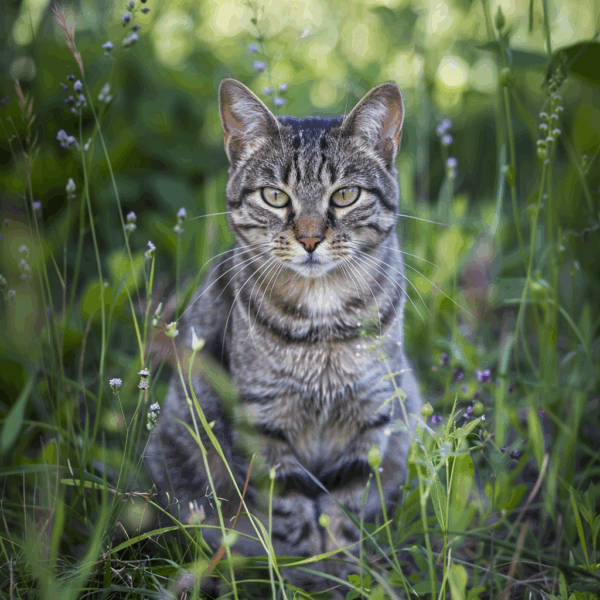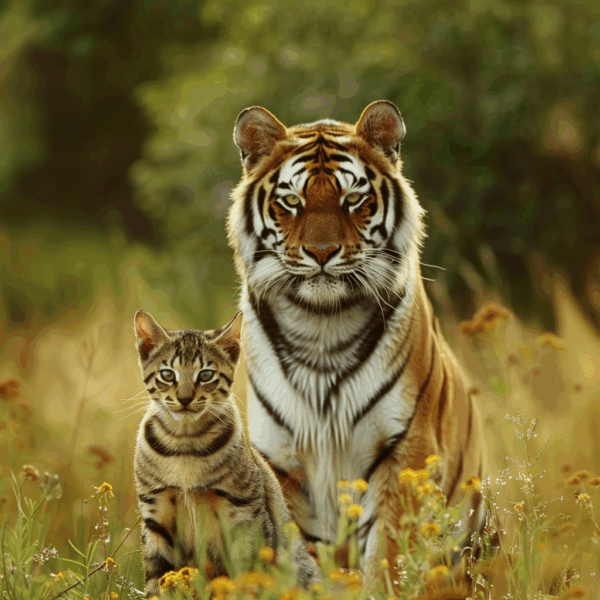
Cats Are Perfect: According to Evolutionary Biologist
When cat lovers call their feline friends “perfect,” they may not be far off—at least according to evolutionary biologists. Domestic cats are an extraordinary example of evolutionary success. With their sharp senses, agile bodies, and unique social behavior, cats have become one of the most adaptable and widespread mammals on the planet.
Let’s take a closer look at what makes cats scientifically “perfect.”
Built for the Hunt
Evolutionary biologist Jonathan Losos, author of The Cat’s Meow: How Cats Evolved from the Savanna to Your Sofa, explains that cats are exceptional predators. Their anatomy is optimized for stealth and speed. Flexible spines, powerful back legs, retractable claws, and keen eyesight allow cats to stalk and pounce with incredible accuracy.
Unlike many other domesticated animals, cats haven’t changed much from their wild ancestors. They remain agile, solitary hunters with instincts still deeply rooted in survival—even if the prey these days is a cat toy.

Cats Domesticated Us
What’s unique about cat domestication is that it was mostly self-initiated. Genetic studies show that house cats share nearly 95% of their DNA with wildcats. Rather than being bred by humans to perform specific tasks like dogs or livestock, early cats gravitated toward human settlements for easy access to rodents.
Humans tolerated their presence, and over time, a quiet companionship formed. The result? A pet that retained its independence and wild instincts while also forming meaningful bonds with humans.
Independent Yet Social
Cats are often thought of as aloof, but that’s a misconception. Scientific studies have shown that cats can form strong social bonds—not just with humans, but with other cats as well. They recognize their owner’s voice, seek attention, and some even suffer separation anxiety when their humans are gone.
This dual nature—independent but capable of deep connection—is part of their evolutionary charm. It allows cats to thrive in both solitary and social environments.
A Masterclass in Efficiency
Cats are low-maintenance survivors. They reproduce easily, require fewer calories than similarly sized animals, and can adapt to almost any environment. From rural farms to city apartments, cats have found ways to live comfortably with minimal input. This adaptability is one reason they’ve become one of the most globally successful carnivores.
Why Evolutionary Biologists Say Cats Are “Perfect”
In evolutionary terms, “perfect” means exceptionally well-adapted to one’s environment—and cats fit the bill. They are stealthy, efficient, self-sufficient, and emotionally intelligent. While no animal is truly flawless, cats come close in terms of evolutionary design.
So, the next time your cat leaps silently onto a shelf or curls up beside you with a contented purr, remember: you’re living with one of nature’s most finely tuned masterpieces.